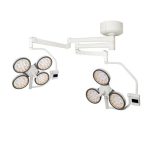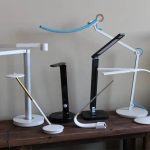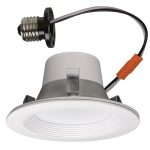LED Light Strip Troubleshooting: Quick and Easy Solutions on How to Fix
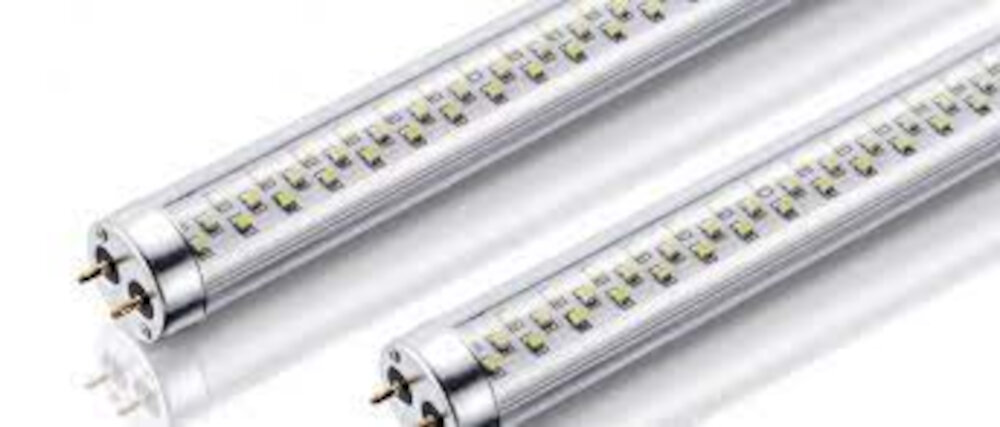
LED light strips have become a popular choice for people who want to add some extra lighting to their homes or workplaces. These flexible strips of LED lights can be installed almost anywhere and can be controlled to create a variety of different effects. However, like any other electronic device, LED light strips can sometimes malfunction or fail to work properly. This can be frustrating for users, especially if they are not familiar with the technology or troubleshooting methods. Fortunately, there are some quick and easy solutions that can help users fix their LED light strips and get them working again. If you are experiencing problems with your LED light strips, do not panic. In this article, we will provide you with some helpful tips and tricks on how to troubleshoot and fix your LED light strips. We will cover everything from basic problems like loose connections and power issues to more complex issues like color and brightness inconsistencies. By following our step-by-step guide, you can save time and money by fixing your LED light strips yourself instead of having to call a technician or replace the entire strip. So, let’s get started and learn how to fix your LED light strip like a pro!
LED light strips are a flexible circuit board that has small light-emitting diodes (LEDs) mounted on them. These strips are commonly used for decorative purposes, as they are available in a variety of colors and sizes. LED light strips are energy-efficient and generate less heat than traditional bulbs, making them an ideal choice for long-term use. They are also easy to install and can be cut to fit any length desired. However, like any electrical component, LED light strips can experience problems, and it is essential to identify and troubleshoot these issues to ensure optimal performance.
LED light strips are widely used in modern lighting setups due to their energy efficiency and versatility. However, they are not immune to problems, and users may encounter issues such as flickering, dimming, or complete failure of the strip. These problems can be caused by a variety of factors, including poor installation, damaged wiring, or incorrect power supply. Moreover, LED light strips may also suffer from overheating, which can lead to reduced lifespan and potential fire hazards. Fortunately, most of these issues can be easily resolved with simple troubleshooting techniques such as checking connections, replacing faulty components, or adjusting the power supply. With proper care and maintenance, LED light strips can provide reliable and long-lasting lighting solutions for various applications.
Check the Power Source
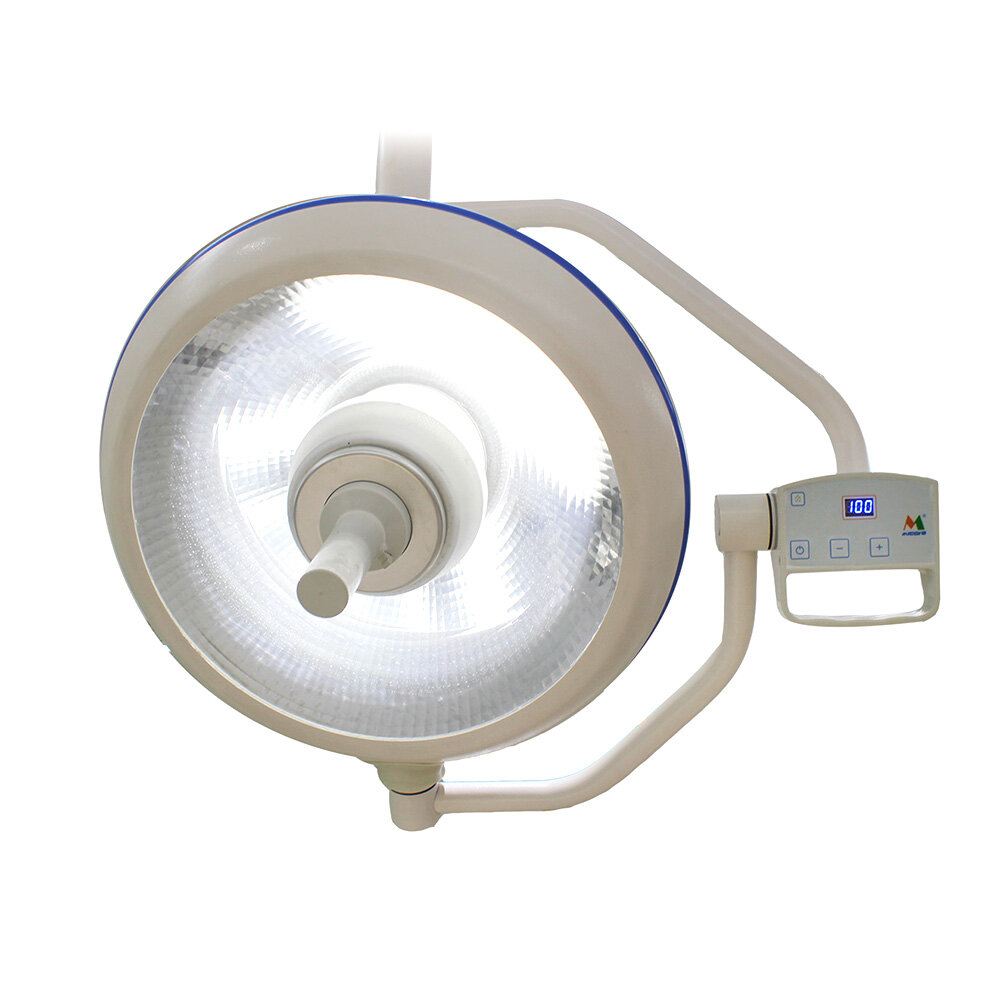
When LED light strips don’t turn on, the first thing you should check is the power source. Ensure that the power supply is plugged in and turned on, and that the LED light strip is correctly connected to the power supply. Sometimes, the power supply may be faulty, so try plugging it into a different outlet or testing it with a multimeter. If the power supply is not the issue, check the wiring connections to ensure that the wires are properly secured and that there are no loose connections. Additionally, if you have installed a dimmer switch, make sure that it is compatible with your LED light strip and that it is set to the correct setting. Checking the power source of your LED light strip is a simple but crucial step in troubleshooting any problems you may encounter. It is important to note that LED light strips require a specific voltage and current to operate correctly. Therefore, using the wrong power supply can cause damage to the LED light strip or even create a safety hazard. If you are unsure about the voltage and current requirements of your LED light strip, refer to the manufacturer’s instructions or consult with a professional electrician. By ensuring that your LED light strip is connected to the correct power source and that all connections are secure, you can quickly and easily troubleshoot any issues and get back to enjoying your beautifully illuminated space.
If your LED light strip is not turning on, the first step in troubleshooting is to check the power source. To do this, start by unplugging the power cord from the wall outlet and the LED light strip. Then, inspect the power cord for any visible damage or frayed wires. If the power cord looks good, plug it back into the wall outlet and use a multimeter to test the voltage output. Make sure the voltage matches the specifications of the LED light strip. If the voltage is correct, plug the power cord back into the LED light strip and test it again. If the LED light strip still does not turn on, it may be a problem with the controller or the LED strip itself.
One of the most common issues with LED light strips is a malfunctioning power source. This can manifest in several ways, such as the lights flickering or not turning on at all. One possible cause of this problem is a loose connection between the power supply and the LED strip. To fix this, ensure that the power source is firmly plugged into the strip and that the wires are securely attached. Another possible issue is a faulty power supply, which may need to be replaced. It’s also important to check that the power source is supplying the correct voltage and current for the LED strip. If the power source is not providing enough power, the lights may not work properly.
Check the Connection
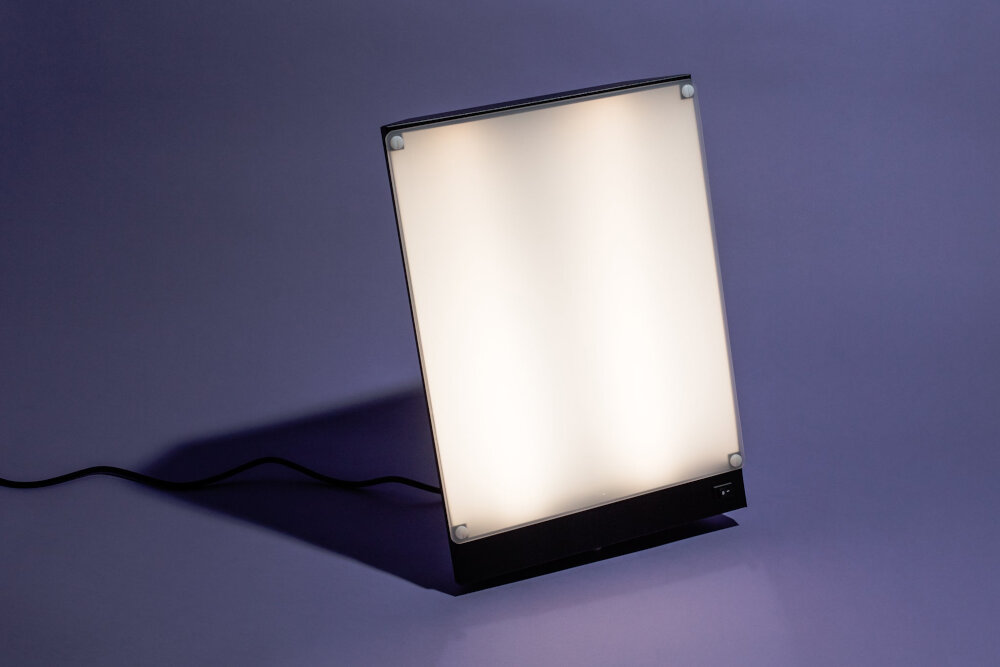
One of the most common issues that people face when working with LED light strips is connectivity problems. When you’re trying to install a new lighting feature, you might find that the lights simply won’t turn on, or that they flicker and fade in and out. In most cases, this is due to a problem with the connection between the lights and the power source. To fix this issue, it’s important to check the connection and ensure that everything is properly wired and connected. To check the connection of your LED light strip, start by unplugging the power source from the wall. Then, carefully inspect the wiring and connections to make sure that everything is firmly in place. Look for any signs of damage, such as frayed wires or loose connections, and replace or repair any parts that appear to be faulty. Additionally, make sure that the power source is working properly by testing it with a different device or outlet. By taking these steps, you can quickly and easily troubleshoot connectivity issues with your LED light strip and get your lighting feature up and running in no time.
To check the connection of an LED light strip, start by examining the power source and ensuring it is properly plugged in and turned on. Next, trace the wiring and connections from the power source to the LED strip, checking for any loose or disconnected wires. If the wiring appears intact, use a multimeter to test the voltage at various points along the circuit to identify any potential issues. Additionally, inspect the LED strip itself for any signs of damage or wear and tear, such as broken or dimly lit bulbs. By carefully examining the power source, wiring, and LED strip, it is possible to identify and fix connection issues that may be causing problems with your lighting system.
There are a few possible issues that may arise when setting up LED light strips, and the most common one is a poor or non-existent connection. This might happen because of loose connections, incorrect wiring, or faulty power supply. To fix this issue, the first step is to check all connections and make sure they are properly secured. If that doesn’t help, check the wiring and make sure it’s connected to the right terminals. Another possible solution is to replace the power supply with a new one that is compatible with your LED light strip. By addressing these possible issues, you can ensure that your LED light strips work as intended and provide you with the desired level of illumination.
Check the LED Strip

LED light strips are a fantastic addition to any home or office space, providing a unique and customizable lighting experience. However, like any electrical device, they can sometimes experience issues that require troubleshooting. One of the most common problems with LED light strips is that they may not turn on or may only partially light up. If this happens, the first thing to check is the LED strip itself. To check the LED strip, start by inspecting the physical connections between the strip and its power source. Make sure that the strip is securely connected to the power source and that there are no loose or frayed wires. If the connections are intact, try plugging the LED strip into a different power source to see if that solves the problem. If the strip still doesn’t light up, it’s possible that there is a problem with the LED lights themselves. In this case, you may need to replace the strip or contact the manufacturer for assistance. By checking the LED strip first, you can quickly identify the source of the problem and move on to other troubleshooting steps if necessary. In conclusion, LED light strips are a popular and versatile lighting option, but they can sometimes experience issues that require troubleshooting. If your LED strip isn’t turning on or is only partially lit, the first step in troubleshooting should be checking the strip itself. Look for any physical damage or loose connections and try plugging the strip into a different power source. If the problem persists, it may be a problem with the LED lights themselves, and you may need to replace the strip or seek assistance from the manufacturer.
To check the LED strip, you should first ensure that it is properly connected to the power source. If it is connected correctly, you can then check the individual LED bulbs on the strip. To do this, use a multimeter to test the voltage of each bulb. If any of the bulbs are not receiving power, you may need to replace them. Additionally, you should check the wiring and connections of the LED strip to ensure they are not damaged or loose. If they are, you can repair or replace them to restore the functionality of the LED strip. Finally, if all else fails, you may need to replace the entire LED strip to fix the issue.
LED light strips are a great way to add ambiance and excitement to any space, but they can also be prone to certain issues. One common problem is when the lights fail to turn on or flicker intermittently. This can be caused by a loose connection, a faulty power supply, or a damaged LED strip. To fix this issue, ensure all connections are secure and replace any damaged components. Another issue is when the LED lights emit an unwanted color or fail to produce the desired brightness level. In this case, adjusting the color temperature or brightness level can help alleviate the problem. It’s also important to ensure that the LED strip is compatible with the power source being used. By taking these steps, you can enjoy the full benefits of your LED light strip without any hiccups.
Other Troubleshooting Tips
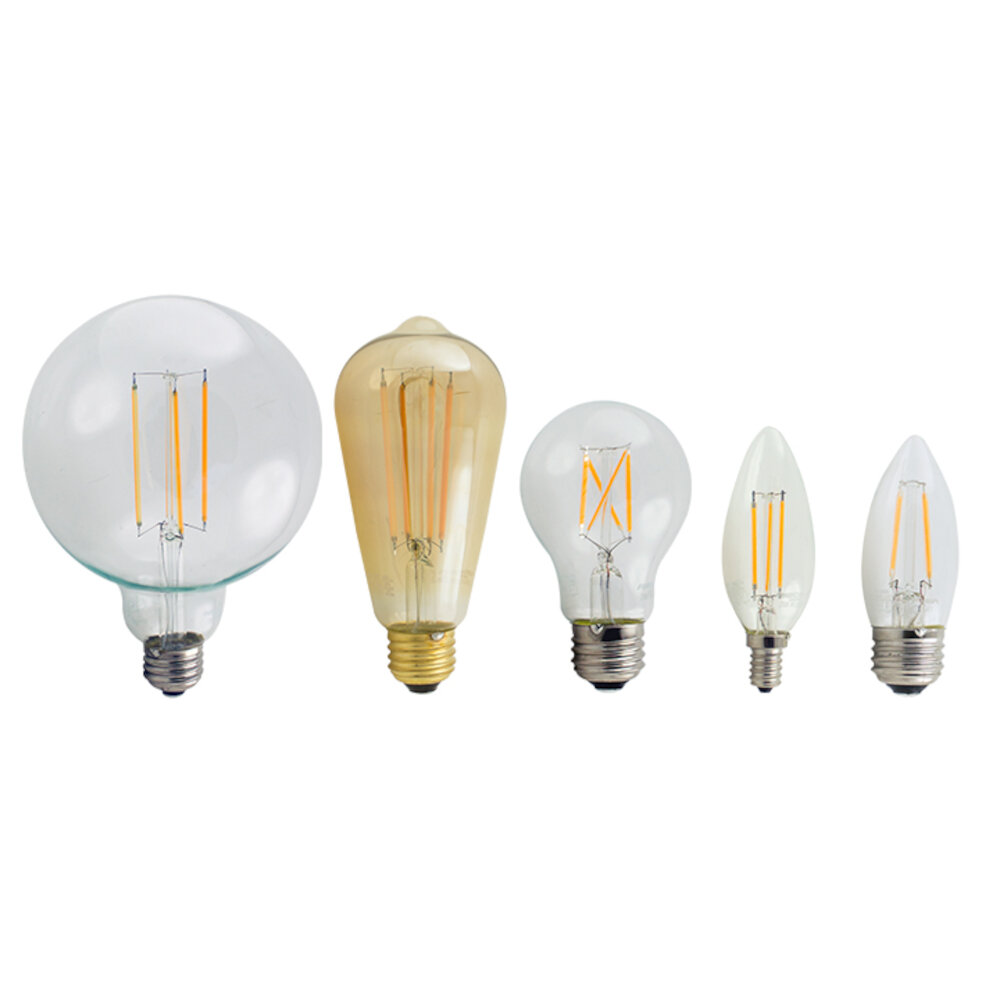
In addition to the aforementioned troubleshooting tips, there are a few more things you can try if your LED light strip is not functioning properly. First, check that the power source is working correctly. Try plugging the strip into a different outlet or using a different power adapter. If this does not work, inspect the wiring for any loose connections or damaged wires. It could be that a wire has become disconnected or frayed, causing the strip to malfunction. If you find any damaged wires, replace them or take the strip to a professional for repair. Another common issue with LED light strips is that they may not be waterproof, causing them to malfunction when exposed to moisture or humidity. If you suspect that this is the issue, try drying out the strip for a few hours before attempting to use it again. You can also purchase a waterproof coating or casing to protect the strip from future water damage. Additionally, if the strip is not responding to any troubleshooting attempts, it could be a problem with the controller or remote. Try resetting the controller or replacing the batteries in the remote to see if this fixes the issue. If all else fails, consider reaching out to the manufacturer for assistance.
Apart from the basic troubleshooting steps, there are other possible tips that can help in fixing LED light strip issues. One of them is checking the power supply. Ensure that the power supply is compatible with the LED strip and that it is supplying enough power to run it. Another tip is to check the wiring connections. Loose connections can cause the LED light strip to malfunction, so ensure that all the connections are secure. Additionally, checking the controller settings and ensuring that they are properly configured can also help fix LED light strip issues. Lastly, inspecting the LED strip for any physical damage, such as cuts or tears, can help identify the root cause of the problem and determine if a replacement is necessary.
If you have tried all the basic troubleshooting steps for your LED light strip, but the issue persists, it may be time to seek professional help. A professional electrician or technician can help you identify and fix more complex issues with your LED light strip. Additionally, if you are not comfortable working with electricity, it is always best to leave it to the experts to avoid any potential hazards or accidents. Seeking professional help can save you time, money, and ensure the safety of you and your home.
LED light strips are known for their energy efficiency, versatility, and long-lasting lifespan, but they can still encounter problems that can affect their performance. One of the most common problems is inadequate adhesion, where the strip fails to stick properly to the surface, resulting in it falling off or not adhering at all. Another issue is uneven brightness, where certain sections of the strip appear dimmer than others. Additionally, flickering lights or complete failure to light up can be caused by faulty connections, damaged or corroded wires, or overloaded power supplies. These problems can be frustrating, but with the right troubleshooting techniques, they can be easily resolved, ensuring your LED light strip keeps shining bright.
Proper troubleshooting is crucial for the safe use of LED light strips. LED light strips are an excellent source of light and can be used in various applications, from decorative lighting to ambient lighting. However, if not handled correctly, they can pose a risk of fire or electrical shock. It is essential to identify and rectify any issues promptly to ensure that the LED light strips function correctly and safely. Troubleshooting should begin with a thorough inspection of the power source, wiring, and connections. If any damage or wear is found, it must be repaired or replaced immediately. Other common issues with LED light strips include faulty LEDs, incorrect installation, and inadequate power supply. By addressing these issues promptly, users can prevent accidents and ensure the longevity of their LED light strips.
Conclusion
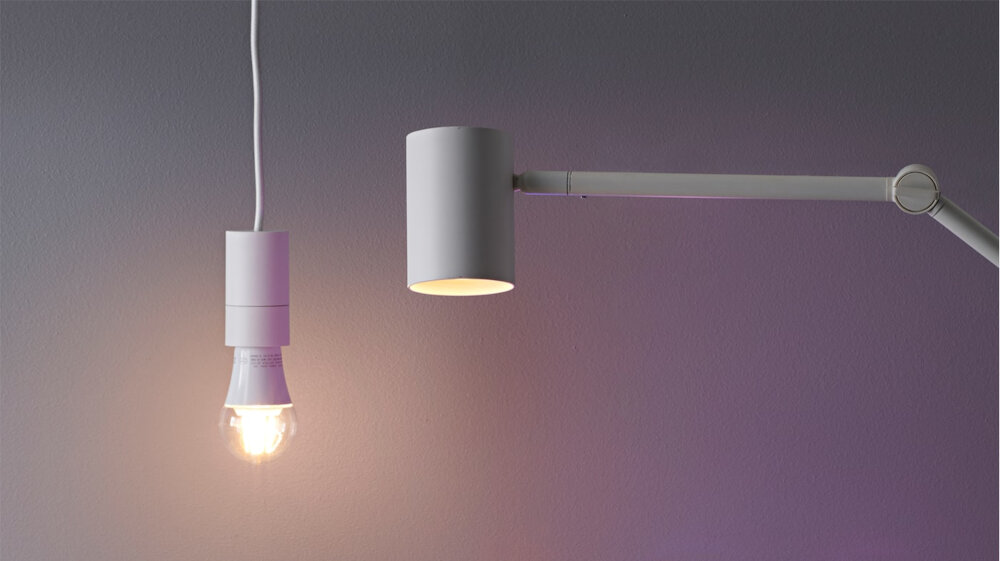
In conclusion, troubleshooting LED light strips can be a daunting task, but with the right knowledge, it can be a quick and easy process. By following the solutions mentioned above, you can identify and fix the common issues that may arise with your LED light strips. Remember to check the power source, connections, and controller before assuming that the LED light strip is faulty. Proper installation and maintenance of your LED light strips will ensure that they last for a long time and provide a bright and vibrant source of light for your home or workspace. With these quick and easy solutions, you can now confidently troubleshoot any issues with your LED light strips and enjoy their benefits without any interruptions.


